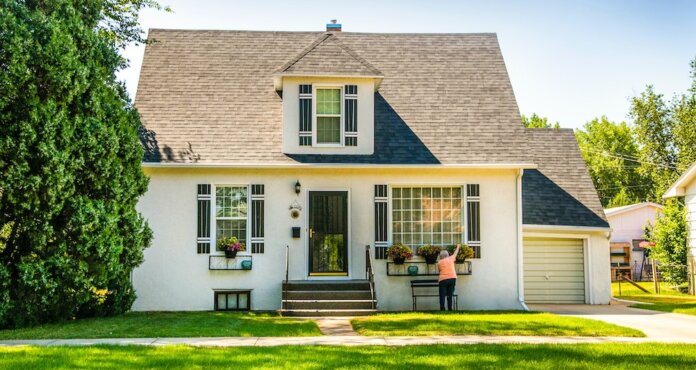With mortgage rates now well above 6.5% and home prices rising to all-time highs due to lack of inventory, first-time homebuyers are getting discouraged by declining affordability.
But this lack of affordability is just as much of a downer for homeowners looking to upsize.
According to ICE Mortgage Technology’s Mortgage Monitor report, a homeowner looking to move to a home that is 25% more expensive would see their mortgage payments increase by an average of $1,384 per month, or 103%.
Compare this to 2000-2022, when upgrading to a 25% more expensive home would have required the average homeowner to increase their principal and interest payment by only 40%, or about $400 per month, according to the report.
What’s more, to move to an equivalently priced home “across the street” in today’s market would result in a nearly 40% increase in P&I – roughly as much as the historical trade-up cost.
This underscores how higher mortgage rates and rising home prices have negatively impacted affordability for millions of would-be home buyers.
“After American mortgage holders secured some of the lowest first lien rates ever and benefited from record home price growth on top of that, we wanted to quantify just how locked-in folks truly are and what kind of rate declines would be needed to shake some of that inventory loose,” says Andy Walden, vice president of enterprise research strategy, for ICE Research and Analysis, in the report. “Leveraging the ICE Home Price Index and our loan level mortgage data, we looked at how much it would cost the average homeowner with a mortgage to trade up to a 25 percent more expensive home in today’s market – or to simply move across the street, for that matter, into a home identical to their own. The results were bracing, to say the least.”
Homeowners who took out mortgages when rates were near record lows in 2020 and 2021 face an even steeper “move across the street” cost, with such a lateral move requiring a 60% higher monthly payment.
Trading up for these borrowers – who account for two out of every five active mortgages – would take a 132% increase in monthly P&I.
“That average homeowner’s mortgage payment would more than double, to gain just 25% in property value – hardly an entertaining proposition,” Walden says. “That said, you’d be hard-pressed to find a more vivid illustration of the lock-in effect that’s kept for sale inventory in a hole for the last few years. Simply giving up their current rate to move across the street to an equivalently priced home in today’s market would result in a nearly 40 percent increase in P&I, an average of $500 more per month. Lower rates would ease the calculation for many and make moves more reasonable. But the net result continues to be too few homes for too many buyers. Until that fundamental mismatch is addressed, simple supply and demand will continue to press on both inventory and affordability.”
ICE notes that the trade-up cost – and the associated lock-in effect – varies significantly across geographies, from a 72% payment increase on the low end in Buffalo to more than 140% in Los Angeles and San Jose
Inventory remains constricted, but improved in March, as 65% of major U.S. markets have more homes available for sale today than at this time last year.
Photo: Ian MacDonald











